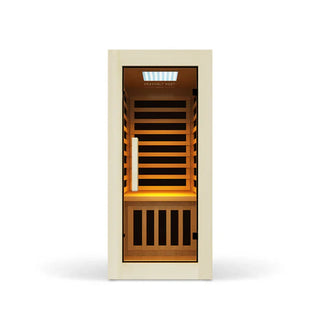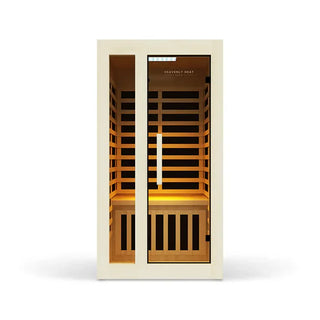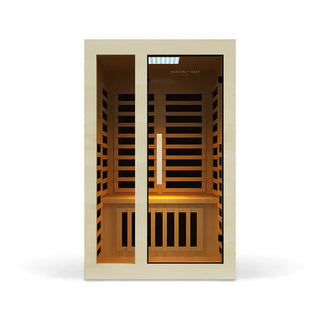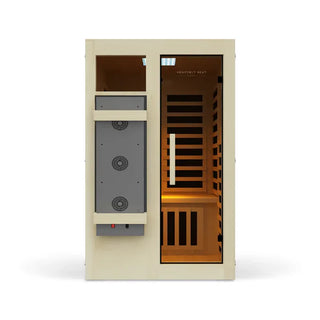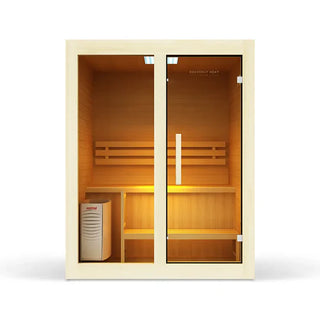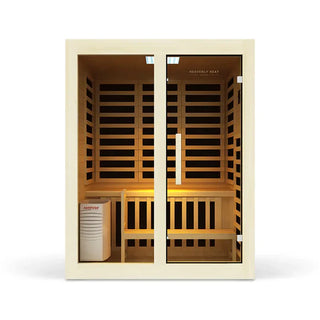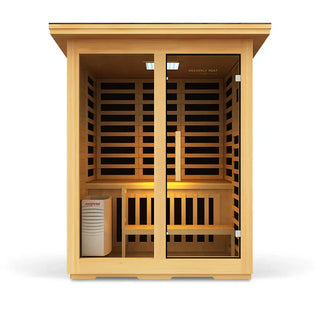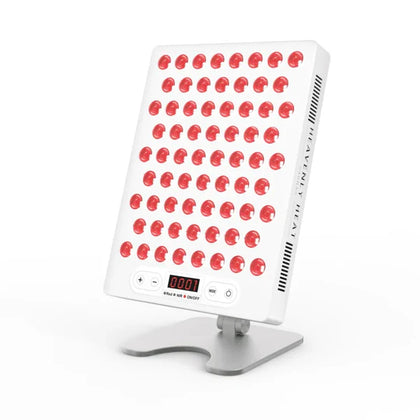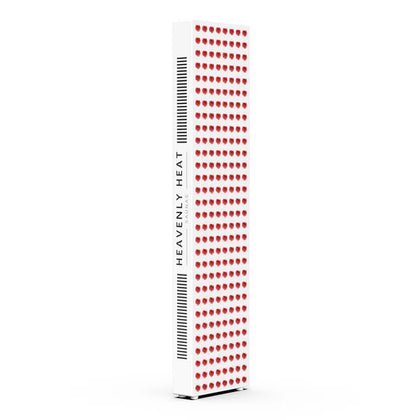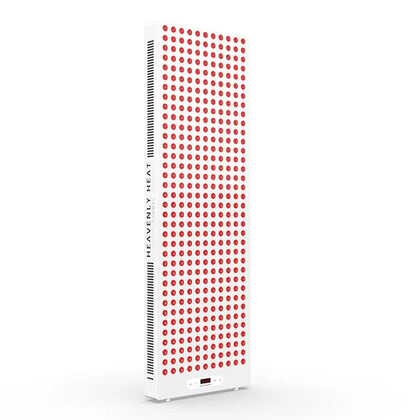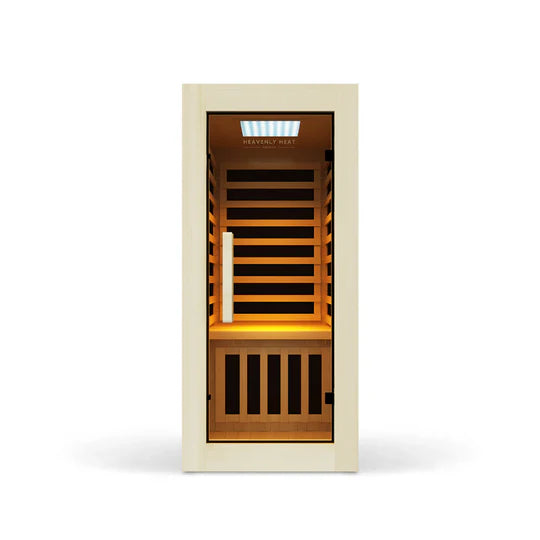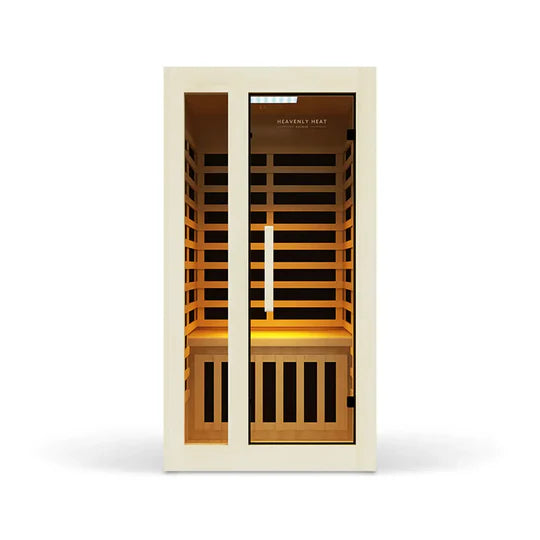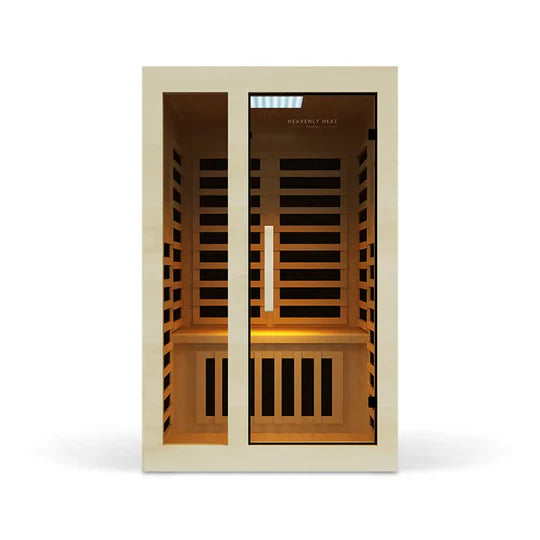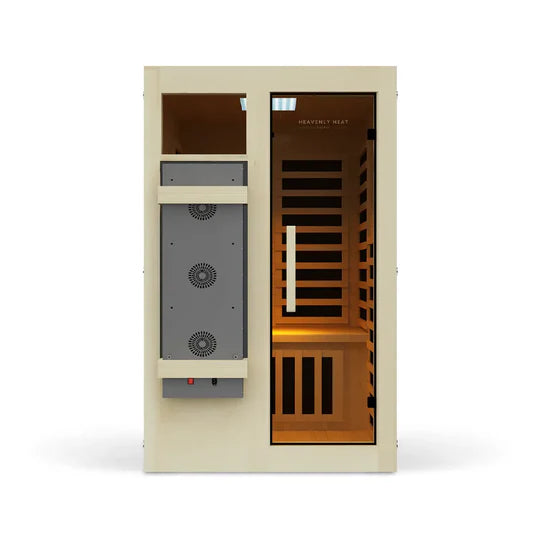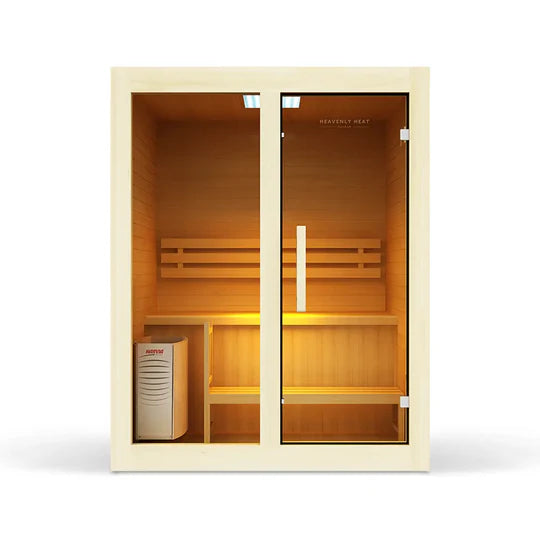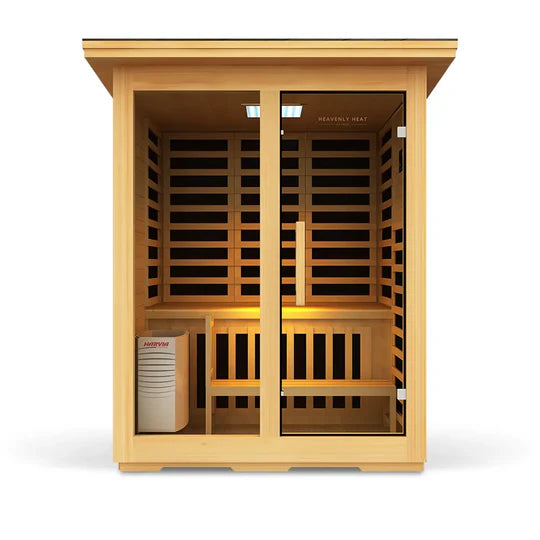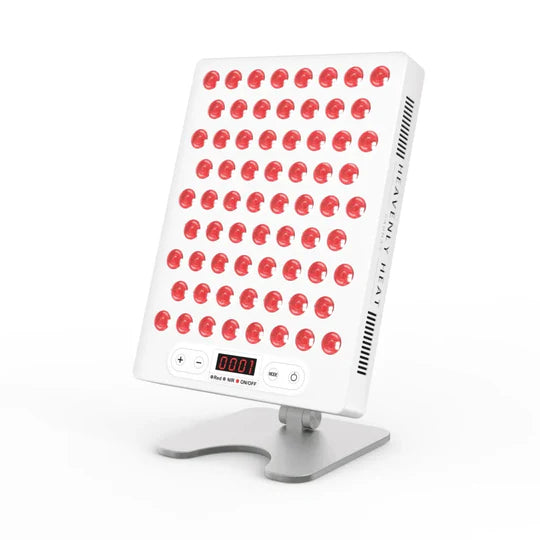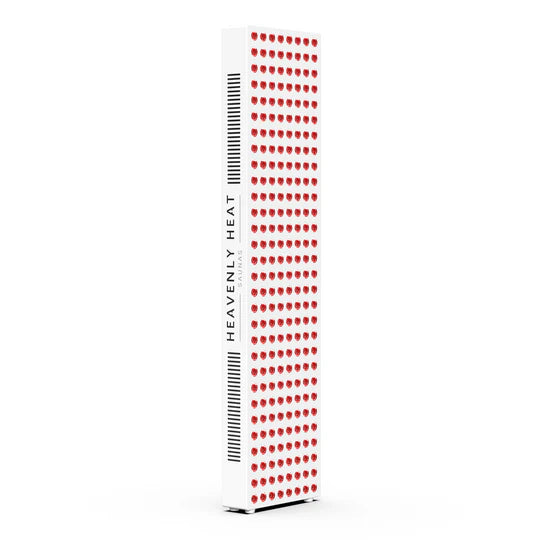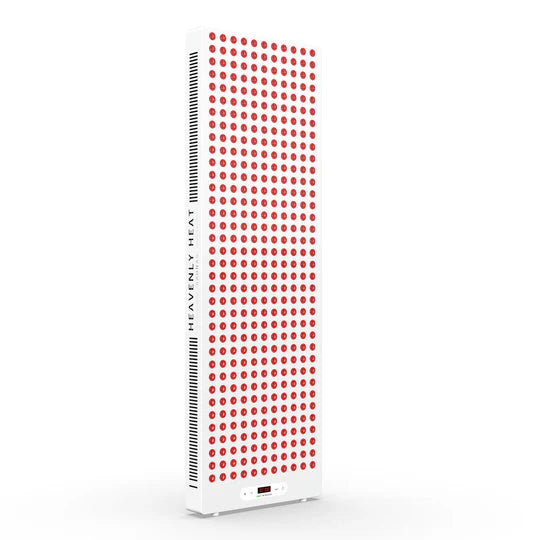How Sauna Therapy Can Help with Gout: Benefits and Treatment Options

Living with gout can make every step feel like a struggle. The pain, swelling, and discomfort seem to have no end, affecting your daily life.
If you’re tired of relying on medication and looking for a natural way to ease the pain, sauna therapy could be the solution. Discover how it can help reduce symptoms and improve your quality of life.
Key Takeaways
-
Sauna therapy can help reduce uric acid buildup and may lower the risk of gout attacks.
-
Regular sauna use improves blood circulation and eases joint pain and stiffness.
-
Infrared saunas can increase circulation and help flush out excess uric acid from the body.
-
Sauna therapy supports kidney function and promotes detoxification, which can aid in gout management.
-
Avoid sauna use during a gout attack if inflammation is severe, and opt for short sessions with plenty of hydration if mild.
What Is Gout?
- Too Much Uric Acid in Your Blood Can Cause Gout: Gout starts when your body has more uric acid than it should, and this extra acid forms sharp crystals in your joints.
- Gout Usually Hits the Big Toe First: The big toe is the most common place for gout to show up, but it can also hurt your knees, ankles, and fingers.
- The Pain Comes Suddenly and Feels Intense: When gout attacks, the joint gets red, swollen, and extremely painful, and it can happen out of nowhere.
- Your Body Might Be Making or Keeping Too Much Uric Acid: Gout happens when your body makes too much uric acid or has trouble getting rid of it through your kidneys.
- What You Eat and Drink Can Make Gout Worse: Eating foods high in purines, drinking alcohol, or having kidney problems can increase your chances of getting gout.
- Gout Comes and Goes but Can Damage Joints Over Time: Even though gout attacks may stop for a while, leaving it untreated can harm your joints permanently.
How Does a Sauna Work?
- Sitting in a hot room makes your body relax and sweat: A sauna is a heated room designed to make you sweat, helping your body relax and recover. The warmth reduces tension and can give you a deep sense of calm.
- Saunas use different types of heat but all help your body: Traditional saunas use hot stones or wood-burning stoves to create dry heat. Steam saunas add moisture for a humid feeling. Infrared saunas are different, they heat your body directly using light. No matter the type, the goal is the same: to support your health.
- The heat makes your heart beat faster and pushes out toxins: When you sit in a sauna, your heart rate increases, and you start sweating. This helps your body flush out toxins and boosts circulation, which supports your natural healing process.
- The heat helps your muscles feel loose and joints move better: The high temperature relaxes tight muscles and can ease joint stiffness. This is especially helpful for people with body aches or conditions like gout.
- Saunas have been used for health for hundreds of years: Scientific research shows that sauna use helps with health in many ways. It’s been linked to lower chances of heart problems and better muscle and joint function over time.
- Using a sauna often helps your body recover and your mind stay calm: Regular sauna sessions can reduce stress, help you recover faster from tiredness, and make your body more resistant to everyday challenges like weather and fatigue.
Can a Sauna Help with Gout?
A sauna can help with gout by improving blood flow and reducing joint stiffness. The heat relaxes muscles and may ease the pain caused by inflammation.
Sweating in a sauna may also support detoxification, which can help manage uric acid levels.
While sauna therapy won’t directly cure gout, it may reduce symptoms and improve overall comfort. If you have severe gout, talk to a doctor before using a sauna.
Sauna Benefits for Gout Relief
Reduces Uric Acid Buildup
Sauna therapy can help flush out excess uric acid through sweating. Over time, regular sauna use may contribute to lower uric acid levels, reducing the risk of gout attacks.
Improves Blood Circulation
Saunas increase body temperature, causing blood vessels to widen and improve circulation.
Better blood flow helps transport nutrients and oxygen to joints, reducing inflammation and pain in gout patients.
Eases Joint Pain and Stiffness
Heat from a sauna can relax stiff joints and muscles, making movement easier for those with gout. Increased blood flow delivers warmth to joints, easing discomfort.
Promotes Detoxification
- Sweating in a sauna helps your body get rid of harmful stuff: Saunas support the body’s natural detox process by promoting sweat production. When you sweat more, your body flushes out toxins that may cause gout flare-ups. This natural cleansing helps reduce the chances of sudden pain and swelling.
- Infrared saunas pull out more toxins than regular saunas: Sweat from infrared saunas contains 15–20% toxins, while traditional saunas only manage about 3–5%. That means infrared saunas are better at removing heavy metals and other harmful substances from your body.
- More detox means fewer problems caused by hidden toxins: Getting rid of environmental toxins and built-up waste supports your body’s healing and reduces the chances of joint inflammation triggered by these toxins.
- Heat from saunas makes your blood flow better and heals tissues: Heat therapies , like saunas, improve blood circulation. Better blood flow brings more oxygen and nutrients to your joints, helping with tissue repair and easing pain linked to gout and arthritis.
- Using a sauna often can reduce joint pain in the long run: Regular sauna use not only reduces inflammation but also supports long-term relief from joint pain. This makes it a helpful habit for anyone managing gout or other joint issues.
Reduces Inflammation
- Regular sauna use can calm down the inflammation caused by gout: Gout causes painful inflammation, and while sauna therapy should be avoided during a flare-up, regular sessions can help reduce swelling and calm the body over time.
- Using the sauna often helps lower harmful inflammation in the body: Research shows that consistent sauna use (4–7 times a week) lowers the levels of inflammation markers like C-reactive protein and fibrinogen, which are linked to chronic diseases and gout complications.
- More sauna sessions lead to lower inflammation levels in the blood: In a study of over 2,000 men, those who used saunas more frequently had lower levels of C-reactive protein, a key sign of inflammation in the blood.
- The link between sauna use and reduced inflammation is backed by science: Even after accounting for age, weight, smoking, and other health factors, the study confirmed that more sauna use was clearly connected to lower inflammation in the body.
- Sauna therapy also improves blood flow, which helps reduce swelling: Waon therapy, a special type of sauna treatment, helped improve circulation and reduced inflammation in people with poor blood flow, another benefit that supports gout relief.
- Making sauna a regular habit can help control gout in the long run: When used consistently, sauna therapy may help manage chronic inflammation and reduce the chances of future gout attacks, making it a helpful tool for long-term relief.
Boosts Kidney Function
Since the kidneys play a crucial role in filtering uric acid from the blood, sauna therapy may support their function. Sweating helps lighten the kidneys’ workload by removing toxins through the skin.
Encourages Stress Reduction
Stress is a common gout trigger, and sauna therapy is an excellent way to relax. Sauna use promotes the release of endorphins, which improve mood and relaxation.
Can Sauna Prevent Gout?
Sauna therapy may help lower the risk of gout by improving circulation and supporting kidney function.
When you sweat in a sauna, your body releases some uric acid, which may help prevent excess buildup.
Sauna vs. Steam Room for Gout
Saunas and steam rooms both use heat but work differently. A sauna gives dry heat, making you sweat more, while a steam room uses moist heat, which can help with joint stiffness.
For gout, a sauna may be better because it helps the body remove uric acid through sweat, lowering the risk of flare-ups. Neither should be used during a gout attack, as heat can increase inflammation.
Infrared Sauna for Gout
Infrared saunas can help with gout by increasing circulation, which helps flush out excess uric acid from the body. Better blood flow can also reduce inflammation and ease joint pain.
Using a Sauna During a Gout Attack
Using a sauna during a gout attack can be tricky. While heat might seem comforting, it can sometimes make inflammation worse.
Cold therapy is usually better during a flare-up because it reduces swelling and numbs pain. If the attack is mild, short sauna sessions with plenty of hydration might help.
Best Sauna Temperature for Gout
The best sauna temperature for gout relief is around 110°F to 140°F (43°C to 60°C).
If you're using an infrared sauna, a lower setting of 100°F to 130°F (38°C to 54°C) works well.
Traditional saunas can go a bit higher but should stay below 160°F (71°C). Gout sufferers should limit sessions to 10–20 minutes to avoid overheating and dehydration.
Sauna vs. Hot Baths for Gout
Saunas and hot baths both help with gout, but they work differently. Saunas make you sweat more, which can help flush out uric acid, while hot baths relax the joints and ease stiffness.
If your goal is deep detox, a sauna might be more effective. However, for quick pain relief, a hot bath can work faster by soothing inflammation.


